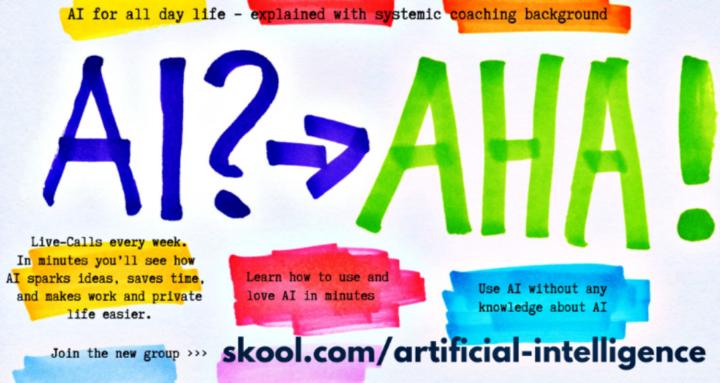21h (edited) • General Discussion / Q&A
Why does AI confidently state false information?
Why does AI confidently state false information? Models cannot distinguish between true and false - they generate statistically likely text. This is a proof that in AI is no intelligence in a narrow sense.
The confidence illusion within AI
Large language models rely on transformer-based architectures that optimize token likelihood but ignore ontological grounding, so the generated outputs resemble plausible knowledge graphs rather than verified fact-structures.
This creates the origin for AI_hallucinations, semantic drift, and unintended consequences, when AI systems enter domains with high-stakes decision-making such as healthcare diagnostics, jurisprudence, corporate auditing, or scientific publishing.
The illusion of credibility is amplified by semantically clustered n-grams like “evidence shows,” “the data confirms,” or “studies prove,” which co-occur with domain-specific entities in the training corpus, thereby reinforcing a false perception of validity.
Training data contains authoritative writing style. Models learn to mimic confidence markers ("clearly," "obviously," "certainly") without understanding truth. The lack of understanding is equal with the absence of real intelligence.
Psychology research shows humans trust confident-sounding AI 65% more than uncertain AI, even when wrong. A typical sign for confirmation bias. "If it seems plausible, it is, for sure ..."
Real-world consequences:
- Medical misdiagnosis from AI tools
- Legal briefs with fictional citations
- Financial advice causing losses
- Educational misinformation spread
This phenomenon reflects a multidimensional interplay between truth validation, epistemic uncertainty, and linguistic probability distributions.
Large language models rely on transformer-based architectures that optimize token likelihood but ignore ontological grounding, so the generated outputs resemble plausible knowledge graphs rather than verified fact-structures.
This creates the origin for AI_hallucinations, semantic drift, and unintended consequences, when AI systems enter domains with high-stakes decision-making such as healthcare diagnostics, jurisprudence, corporate auditing, or scientific publishing.
The illusion of credibility is amplified by semantically clustered n-grams like “evidence shows,” “the data confirms,” or “studies prove,” which co-occur with domain-specific entities in the training corpus, thereby reinforcing a false perception of validity.
Cognitive biases, such as authority bias, automation bias, and the Dunning-Kruger effect – further exacerbate human overreliance, aligning human trust calibration with surface-level fluency instead of content validity. This systemic gap highlights the urgent need to integrate truth maintenance systems, adversarial fact-checking pipelines, neuro-symbolic reasoning graphs, and calibration-aware fine-tuning into future architectures, bridging the epistemological chasm between language probability and factual integrity. Without such frameworks, AI confidence remains not just a stylistic artifact but a latent risk factor across sociotechnical systems.
There is so far no technical solution for automated confidence calibration in current architecture.
0
0 comments

skool.com/artificial-intelligence
Artificial Intelligence (AI): Machine Learning, Deep Learning, Natural Language Processing NLP, Computer Vision, ANI, AGI, ASI, Human in the loop, SEO
Powered by



